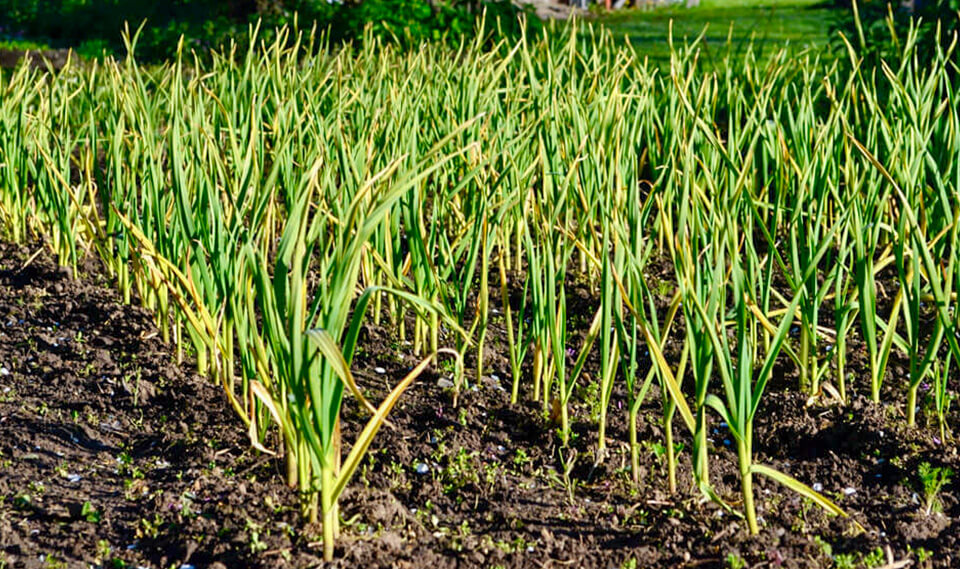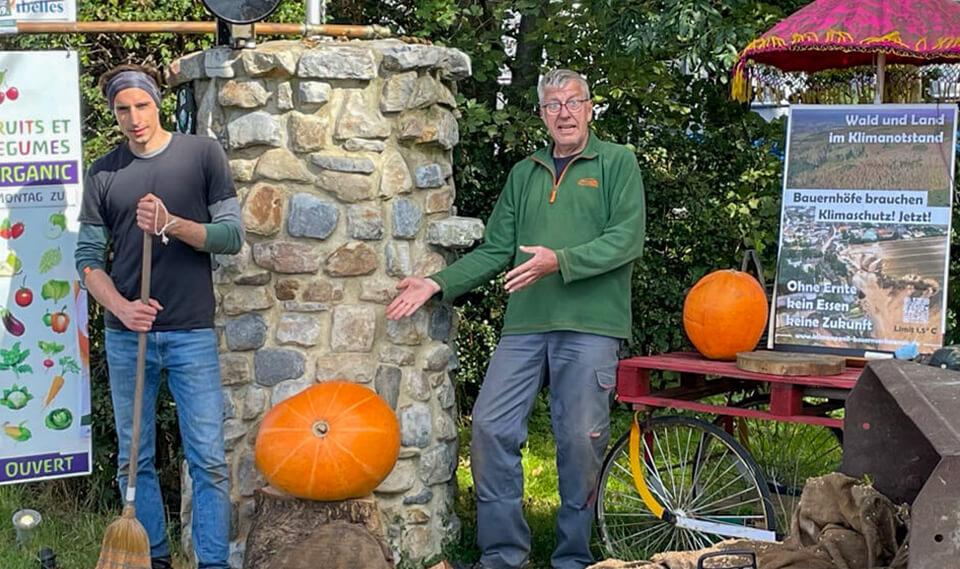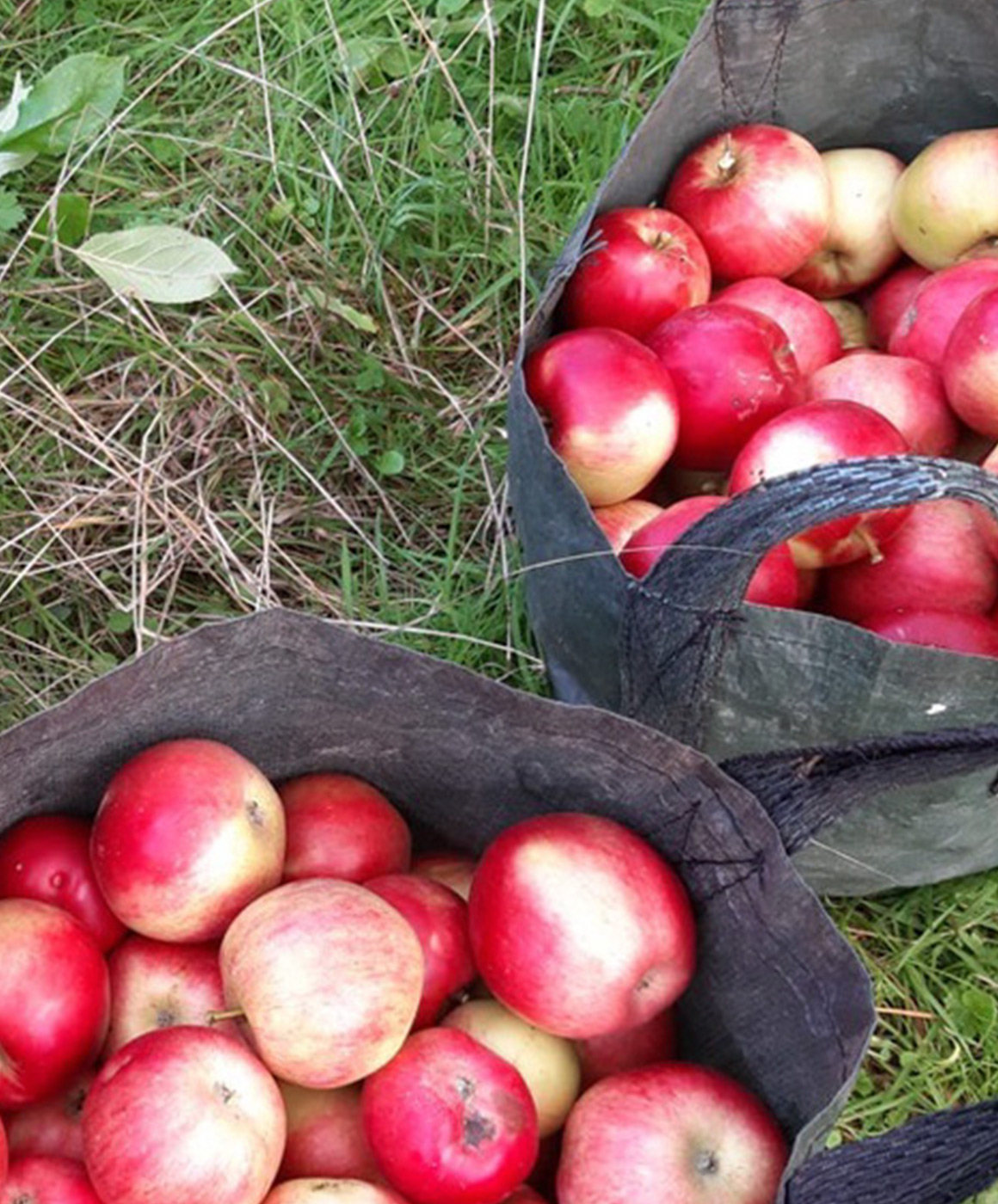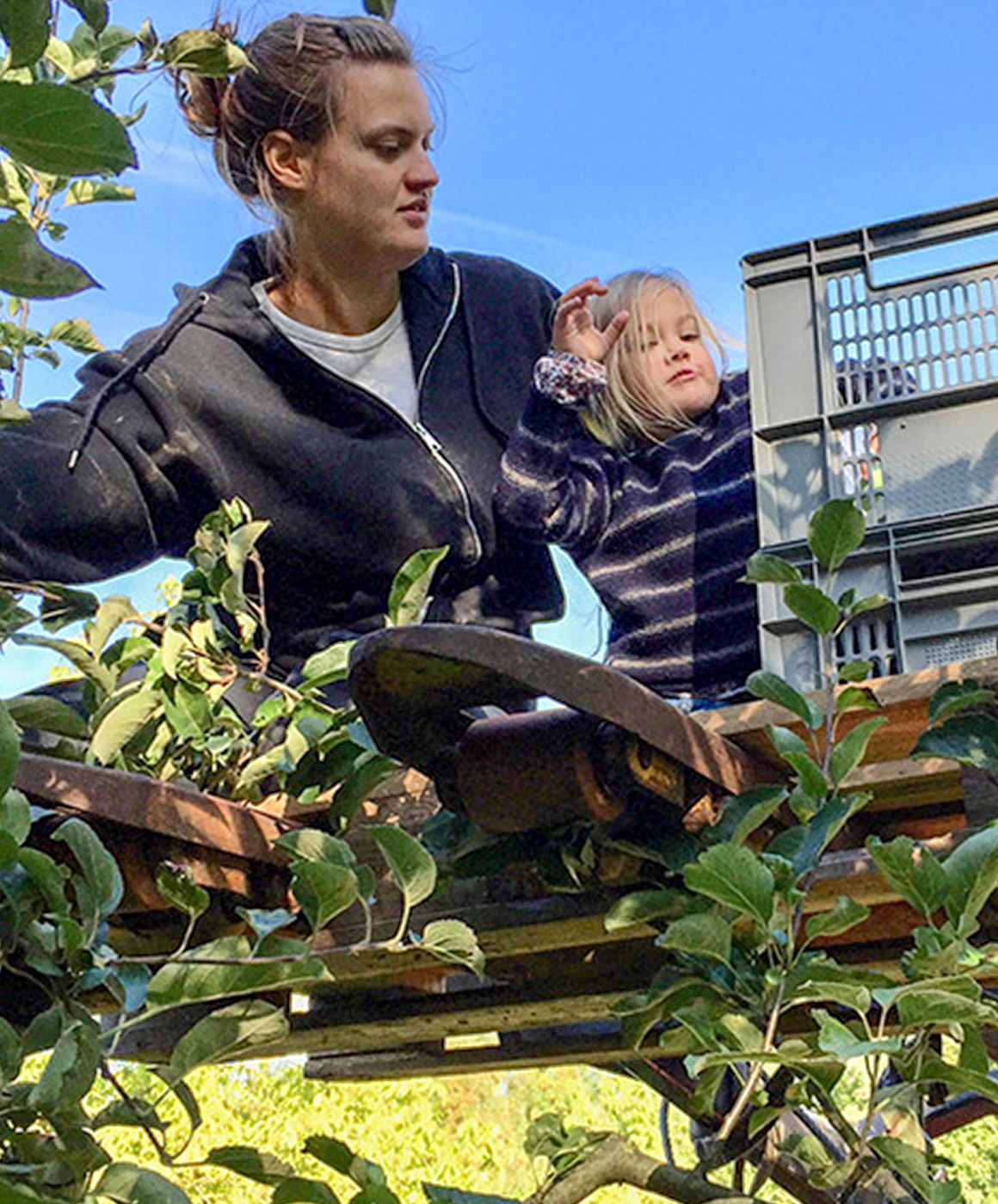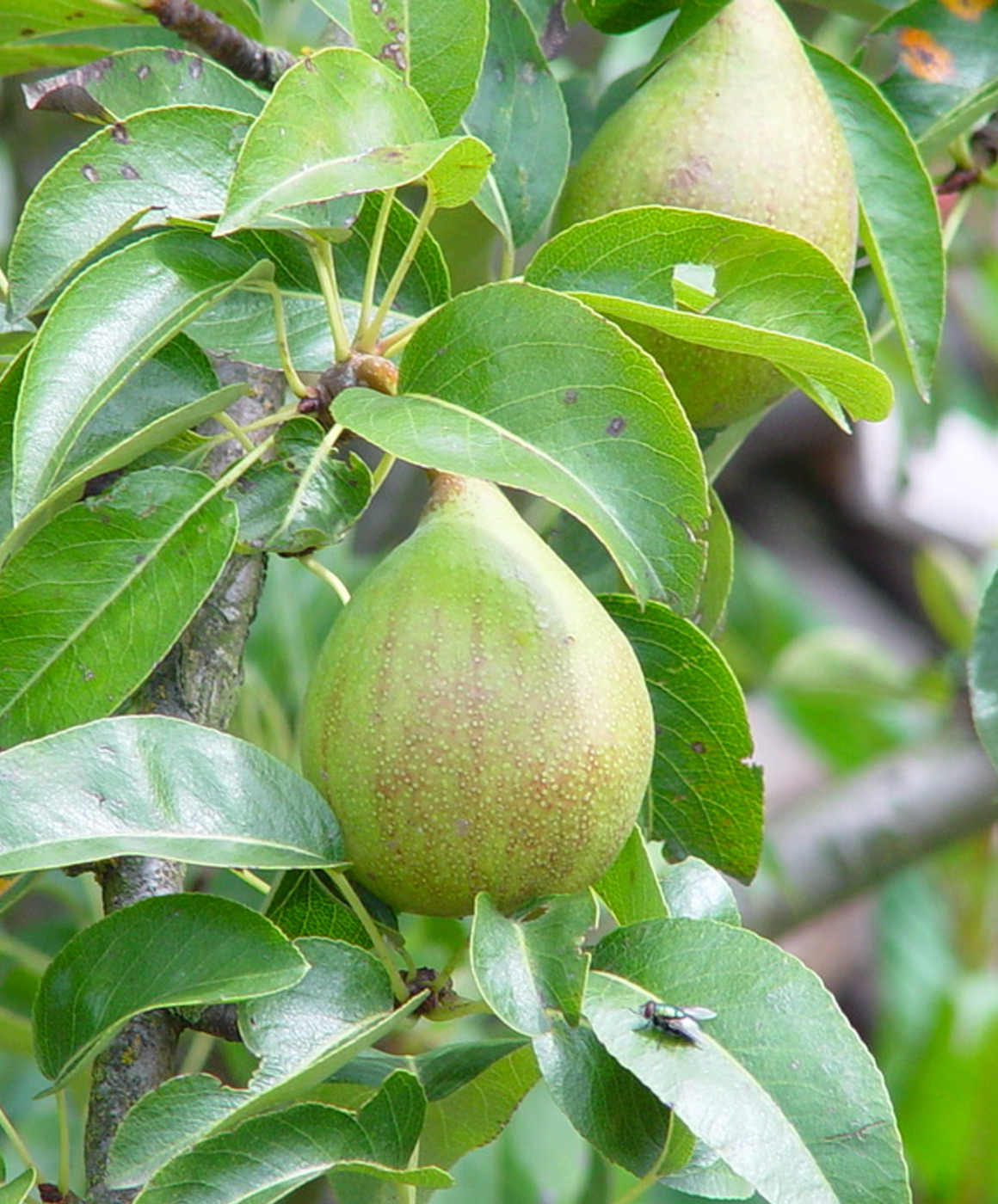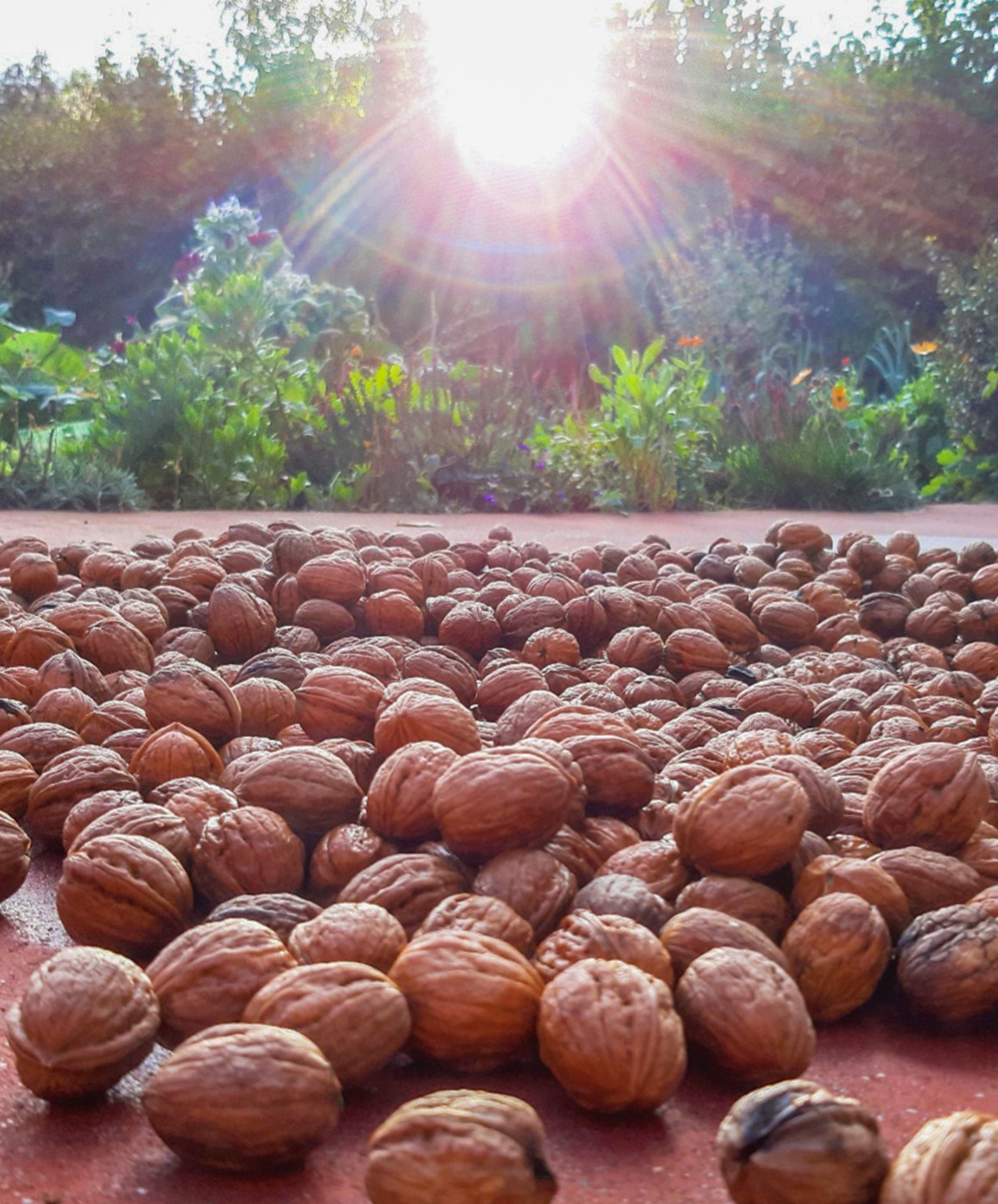so far in 2023: so much has happened, and we dive further into the regenerative practice. We scrapped some old beds, and have made some new ones, using purely broad-fork, 75 cm wide market garden techniques. They are manageable sizes, 23 m x 8 and 25m x 6, and they are to test out this year with an eye on resilience: hot dry weather, or torrential rain. The beds are looking great so far, but they must settle in still before we can plant. It has been a fascinating journey of balancing many different factors, but judging by soil life activity (tons of earth worms!) things are going well. And we have had some nice rain, which is a relief.
New equipment to test this year, from the regenerative movement: Neversink’s Iconoclast, The Inferno, the Gridder and a whole lot more. Very exciting stuff, as we continue our quest for excellence.
In the light of the devastating drought here in the summer of 2022 which wreaked havoc on our late veggie production (although our fruit harvesting was excellent!), we are adapting somewhat, building resilience into our systems, as we re-organise and re-equip for what will surely be challenging times ahead.
We will continue this year with a full program of vegetables and fruit for feeding ourselves and close families and whatever surplus will be sold through our farm shop. Our guarantee: the best quality fruit and vegetables you can find in the region.
We have had many agricultural adventures here, looking after the health of our soil and plants, developing our (vegan) compost system, storing our water, keeping our one, small, but unbelievably productive Polytunnel every year in action, hay cutting, sheep husbandry, tractor mechanics, tree cutting, firewood management and the rest, it never stops.
You have to manage the land with well thought-out systems, otherwise in no time you will drown in ragwort, thistle and hogweed, and then good luck to you.
When we have enough extra, you will find truly top-quality yummies at the stall at the end of our drive.
Some of Belgium’s finest vegetable delights, Arthur would dare to say.
Look at the Heros of the Farm Gallery and see the paradise and abundance we have created with our interpretation of regenerative organic farming here in Ost-belgistanische Dreiländereck.
With Joy and Love.
In 1994, there were no trees on the land, except in the hedges that run around the property and mark the cadastral parcels.
We have decided to list the fruit tree varieties we have planted as a resource for the community.
They include some rare kinds that only grow in this region, and some of the (still) commoner ones also from this area.
The Trees, Bugs and Bees Here is a list of our actual stock of
fruit trees an apple a day keeps the doctor away
- Alkmene
- Belle Fleur Simple
- Belle Fleur de Flandre
- Belle Fleur de Brabant
- Belle Fleur Double
- Belle Fleur Large Mouche
- Colore de Juillet
- Court Pendu Rosat
- Cwastresse Double / Triomphe du Luxembourg
- Danziger Kantable
- Eifler Rambur
- Gris Braibant
- Goldparmäne / Reine de Reinette
- Geheimrat Oldenburg
- Gelbe Schafsnase
- Gloster
- Gravenstein
- Henri Calle’s Favorit
- Ida Red
- Jacques Lebel
- James Grieve
- Jonathan
- Joseph Musch
- Kaiser Wilhelm
- Keuleman
- Marie-Joseph d’Othee
- Ontario
- Reinnette Clochard
- Président Henry Van Dievoet
- Président Roullin
- Radoux
- Red Boskkop / Boskoop Rouge Bakker x 2
- Reinette Hernaut
- Reinette de Chenee
- Reinette Blanche du Canada
- Reinette de Waleffe
- Reinette du Canada
- Reinette de France
- Reinette de Blenheim
- Reinette Etoilee
- Rheinischer Winterrambur / Rambour d’Hiver x 2
- Sabot d’Eysden
- St Remy
- Stark Earliest
- Transparent blanche
- Trezeke Meyers
… and so does a pear
- Beurre Chaboceau x 2
- Beurre Hardy x 2
- Beurre Merode
- Blumenbachs Butterbirne / Soldat Laboureur
- Bonne Louise d’Averanche
- Boscs Flaschenbirne / Calebasse Bosc Pear
- Catillac x 2
- Clapp’s Liebling / Clapp’s Favorit x 2
- Comtesse de Paris x 2
- Conference x 3
- Diels Butterbirne / Beurré Diel
- Doyenne du Comice
- Durondeau
- Gieser Wildeman – The Best Cooking Pear Ever
- Große Rommelter
- Juffenbirne
- Jules d’Airolles
- Katzenkopf
- Legipont / Köstliche von Charneu x 2
- Pastorenbirne
- Precoce Henin
- Speckbirne Witscheiderhof
- Triomphe de Vienne
- Williams Christ / Bon Chretien William x 3
- Winter Keizerin
Plum, Damson, Greengage and Mirabelle
- Anna Späth
- Avalon
- Belle de Louvain
- Saint Catharine
- Felsina
- President
- Hauszwetsche
- Czar
- Victoria
- Wangenheims Altesse
- Altesse Double de Liège
- Altesse Simple
- Reine Claude Doree Crottée
- Reine Claude de Sixdorf
- Ruth Gerstetter
- Opal
- Sanktus Hubertus
- Magna Glauca
- Monsieur Hatif
- Monarch
- Sultan
- Stanley
- Saint Mathieu
- Valor
- Wignon
- Reine Claude de Althane
- Double Priesse
- Mirabelle du Nancy x 8
Cherries, Nashis, Quince, Walnut
- Nashi Tsu Li
- Nashi Hosui
- Nashi Kosui
- Nashi Nieisiki
- Quince Cognassier Champion x 2
- Biggi Reverchon
- Biggi Noir
- Hedelfinger
- Biggi Moreau
- Biggi Napoleon
- Burlat
- Schneider’s Spät-Knörpelkirsche
- Chinese Dogwood / Cornus Kousa
- Goji
- Walnut x 8
- Hazel
- Pimpernüsse x 3 (Staphylea pinnata)
- Mulberry x 2
- Gooseberries
- currants (white black & red)
- grapes
- raspberries
As a household we juice our fruit & veg every day, and store as long as we can in a cool-room run from our solar panel grid input.
This makes the produce very valuable for us, and we need a surprising amount of it.
Just as an example, just for our private household we need some 700 beetroots in a year, probably 400 kg of apples, not to mention carrots, celery and all the other bits and bobs we throw in …

